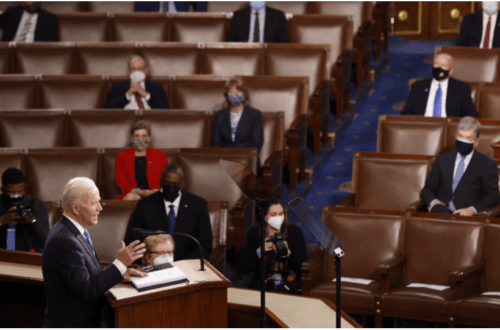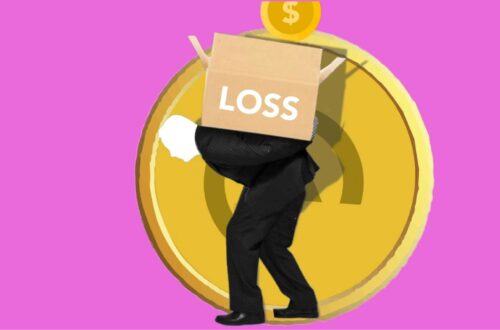
US Shale Could Crash the Oil Market Recovery
By Haley Zaremba , OilPrice
Oil markets have taken a beating around the globe, but nowhere has the pummeling been worse than in the United States shale patch, where the oil price crash plunged the West Texas Intermediate crude benchmark to nearly $40 below zero per barrel last month in a historic rock bottom moment. The oil price crash was the result of a severe decline in international oil demand thanks to the spread of the novel coronavirus, made infinitely worse by an ensuing oil price war between the leading OPEC+ members of Saudi Arabia and Russia. As the two petro-nations duked it out, the global oil glut ballooned to a massive oversupply and oil storage deficiency that persists today.
In the wake of these blows to the global oil markets, the Permian Basin has been swept with a wave of bankruptcies and fired and furloughed workers. “The U.S. rig count has plunged by 62 percent from a year ago,” and is now equal to the number of rigs drilling over a decade ago, in 2009, according to the Houston Chronicle. Across the North American continent, the shutting in of wells and overall oil production has plummeted even faster than analysts predicted, and “the industry is on pace to take about 1.7 million barrels a day of production off the market by the end of June in response to low prices and full storage tanks,” reports Forbes. The silver lining to this huge halt in production, both in the United States and internationally, is that oil markets are slowly showing some early signs of recuperation. On Monday an announcement from Saudi Arabia, the world’s second-largest oil producer after the U.S., announced that it will impose even more austere production cuts in the coming months, and markets quickly (albeit modestly) rose in response. “Saudi Aramco, the state-controlled oil company, will produce 7.5 million barrels a day in June, down from more than 12 million in April,” reported Barron’s. Kuwait and the United Arab Emirates also announced that they would cut their production levels by even more than they had committed to. This is on top of OPEC’s 9.7 million barrels a day production cut, which began on the first of this month.
Related: Oil Spikes Despite Pandemic Uncertainty
The United States has not imposed nearly such austere measures, for a number of reasons. According to Forbes, it’s because “the United States holds considerable leverage over Saudi Arabia and its OPEC allies in the Mideast because of the security guarantees it provides, so it’s not surprising that Gulf countries would shoulder the lion’s share of the cuts.” But Barron’s points out that the United States, simply by virtue of its structure and decentralized control, can’t start and stop production on a dime the way that authoritarian petro-states like Saudi Arabia and Kuwait can.
With the production cuts from the Middle East and economic slowdown in the U.S. shale play, many analysts are bullish about the future of oil markets, with some even predicting “a massively under-supplied market — to the tune of 5 million barrels a day — by 2025,” according to Forbes in reference of a Rystad Energy press release, and others claiming that $100 barrels are coming down the pike.
“But a big question is whether U.S. shale producers could spoil the party by restarting shut-in production or completing wells the moment that prices rise high to earn any positive cash flow,” writes Forbes. Julian Lee expressed similar concerns in an opinion piece for Bloomberg this week, writing: “There’s a double risk on the horizon: Just as lifting lockdowns too soon could bring a second spike in virus infections and deaths, loosening the hard-fought restraint in oil production too soon risks a second oil-price collapse.” Summing up these sentiments, just this week Oilprice published the rather succinct headline and assessment that “U.S. Shale Needs To Slow Down To Survive”.
But the United States, by leaving most of the production cuts and austere commitments to OPEC countries and the Middle East, is endangering more than just its own oil rebound–it’s endangering the comeback potential for the entire global oil market. “Producers should focus on emerging from the current crisis with a stronger foundation,” writes Forbes, “even if that means fewer players and less production.”
Credit
The post US Shale Could Crush the Oil Market Recovery first appeared in OilPrice on May 17, 2020.




